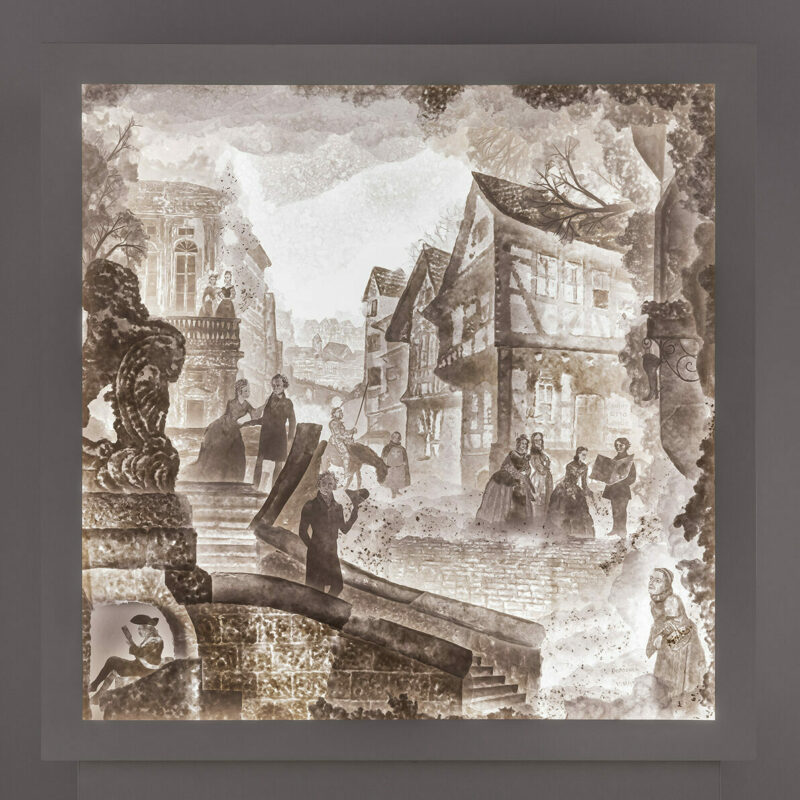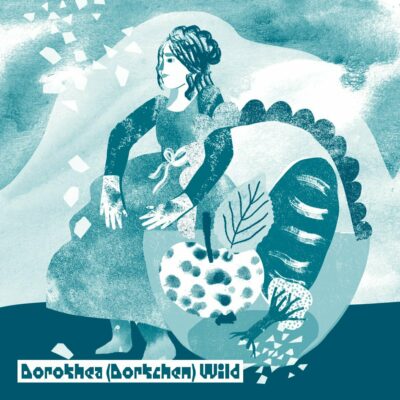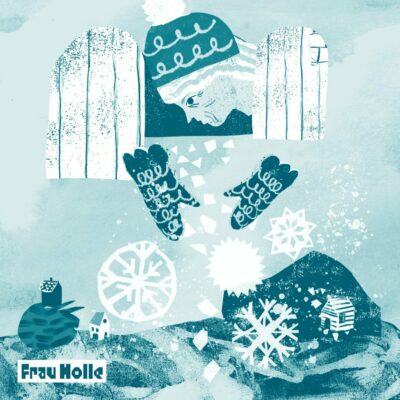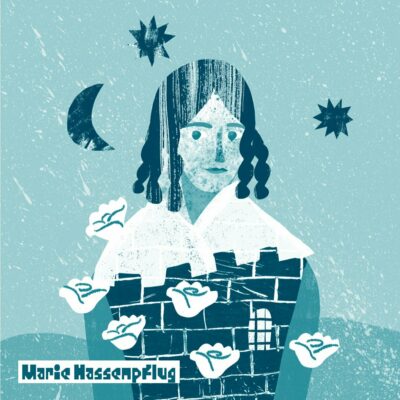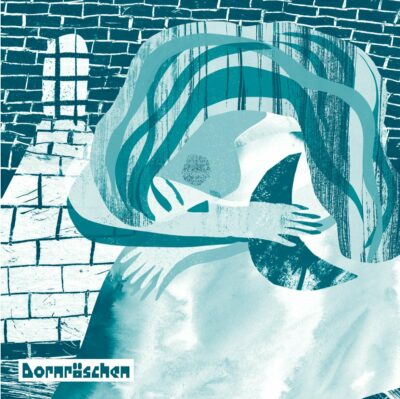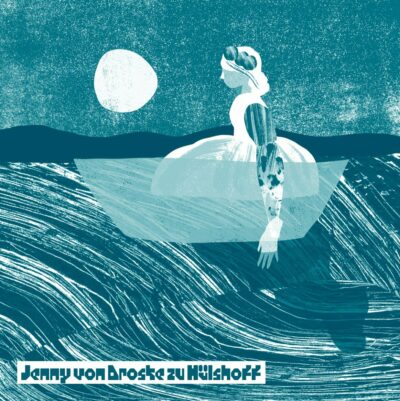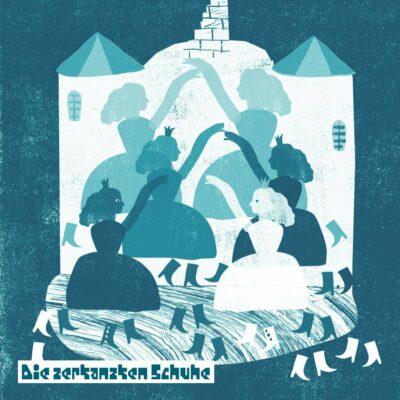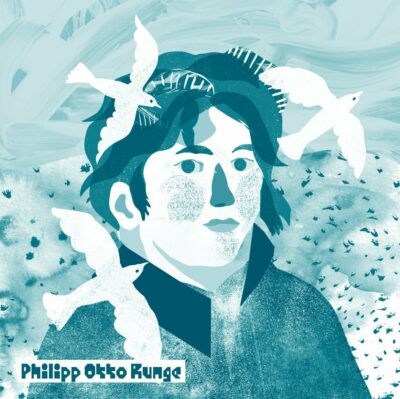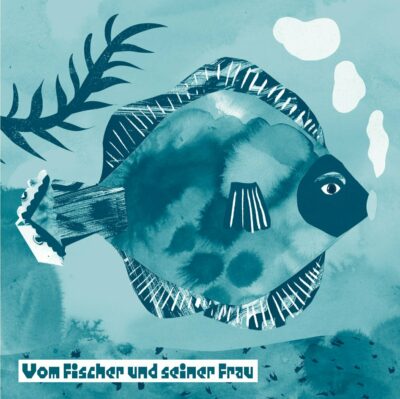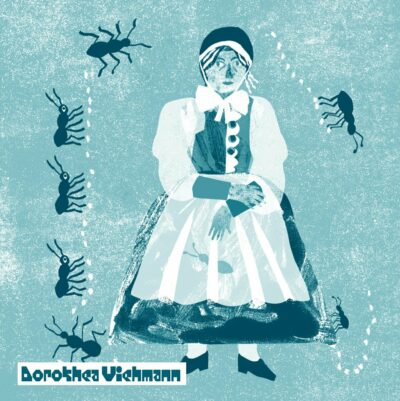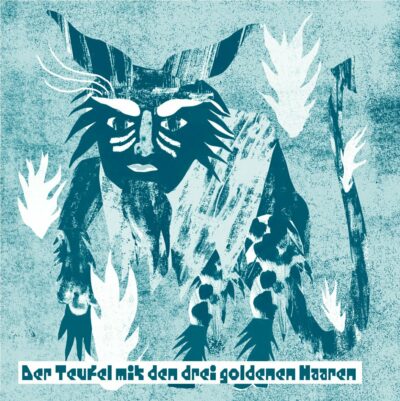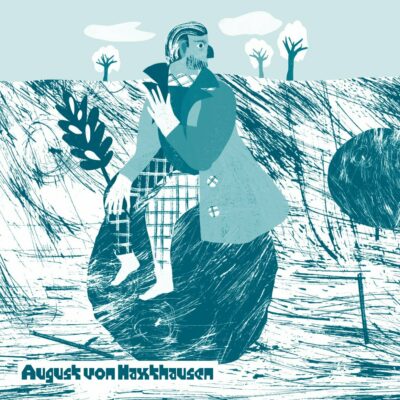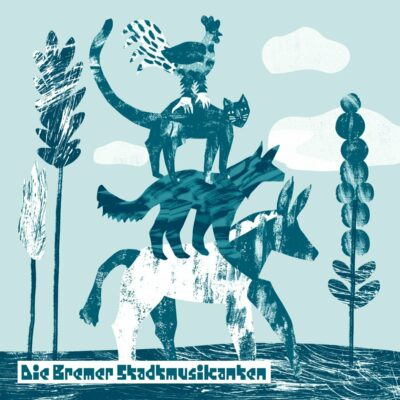- Menu
- Today
-
Next event
»Licht-Bilder«
Special Exhibition
Light-Pictures
Permanent Exhibition
GRIMMWELT adventure space
Tellers of fairy tales
© GRIMMWELT Kassel | Foto: Nicolaus Wefers
It is still a widespread myth that Jacob and Wilhelm Grimm travelled around the countryside collecting tales from the common people.
Instead, the fairy tales came from written sources or were told to the brothers by various contributors. These were mostly female, young and often came from the educated middle classes or the nobility. The fact that some of them were of Huguenot origin also helps to explain why many of the fairy tale stories from the Grimm's Kinder- und Hausmärchen (Children's and Household Tales) came from the French fairy tale tradition. For example, a variant of Little Red Riding Hood can already be found in Charles Perrault's Histoires ou Contes du temps passé (1697). But Giambattista Basile's Italian collection of fairy tales Pentameron (1634) also contains stories that were taken up again by the Brothers Grimm.
The title they chose, Children's and Household Tales, also indicated that they came from European sources, since it did not define a source of origin or contain the ascription "German".
The numerous fairy tale contributors who assisted the Brothers Grimm
in their work of collection are largely unknown to the public today.
Dorothea Viehmann is considered the most prominent "fairy tale teller",
not least because she was portrayed on the frontispiece of the second
volume of the Children's and Household Tales. In their
foreword, the Brothers Grimm portrayed her as a Hessian peasant woman.
However, she was neither Hessian nor a farmer's wife, but a tailor's
wife from the Niederzwehren district of Kassel and of French descent.
The sisters Marie, Amalie and Johanna Hassenpflug as well as Dorothea
Wild (later the wife of Wilhelm Grimm) and their family contributed
some of the most popular fairy tales. From 1808, they belonged to a kind
of "fairy tale circle" that met in the Grimms' rooms in the Marktgasse
in Kassel. In a relaxed atmosphere, they talked about day-to-day events,
but also shared fairy tales which the Brothers Grimm noted down. The
circle consisted of young members of the middle classes – just like
Jacob and Wilhelm Grimm themselves.
The aristocratic family of the authoress Annette von Droste zu
Hülshoff also collected numerous fairy tales: her sister Jenny, her
uncles August and Werner von Haxthausen as well as their sister Ludowine
and other family members.
The earliest fairy tales recorded by the Grimm brothers for their
collection were provided by the Romantic painter Philipp Otto Runge. His
Low German (Plattdeusch) fairy tales The Fisherman and his Wife and The Juniper-Tree served the Grimms as an ideal model in their further search for fairy tales.
The retired dragoon sergeant Johann Friedrich Krause was the oldest contributor and also one of the few coming from a poor background. For the fairy tales he contributed, he was given trousers that had been discarded by Wilhelm Grimm.
© Nina Kaun
© Nina Kaun
As a young girl, Wilhelm Grimm's later wife contributed the original version of the fairy tale Mother Hulda to the first edition of the Children's and Household Tales of 1812. From the second edition onwards, the fairy tale was supplemented and changed. Precursors of the motif of two unequal young girls can be found in Italian and French texts as well as older German fairy tales.
© Nina Kaun
© Nina Kaun
Together with her family, the young, middle-class woman belonged to the early fairytale circle around the Brothers Grimm. Her Huguenot roots explain the similarities between the fairy tales she wrote and French narratives. Sleeping Beauty also shows clear traces of fairy tales from Charles Perrault's collection Histoires ou Contes du temps passé, among others, which the Grimms themselves also described in the notes to the Children's and Household Tales.
© Nina Kaun
© Nina Kaun
Annette von Droste zu Hülshoff's older sister contributed several fairy tales to the Grimm brothers' collection. The Shoes that were Danced to Pieces was published in the second volume of the first edition in 1815 and edited by Wilhelm Grimm in the following years. The original manuscript by Jenny von Droste zu Hülshoff is preserved in the Grimm estate.
© Nina Kaun
© Nina Kaun
With this fairy tale in Low German dialect, the Romantic painter provided a kind of ideal type of fairy tale for the Brothers Grimm. The Fisherman and His Wife (originally: Von den Fischer und siine Fru) was included in the first edition of the Children's and Household Tales and corrected and changed in later editions.
© Nina Kaun
© Nina Kaun
The talented storyteller provided the Brothers Grimm with around 40 fairy tales, a large number of which were included from the second volume in 1815 onwards. The version of The Devil with the Three Golden Hairs that she contributed replaced two previously printed texts with similar motifs from the second edition of the Children's and Household Tales in 1819. Individual elements of the fairy tale can already be found in medieval sources and a Czech novel, for example.
© Nina Kaun
© Nina Kaun
Annette von Droste zu Hülshoff's uncle sent more than 60 fairy tale contributions from his family, of which only four can be safely attributed to him. He probably also wrote Town Musicians of Bremen, the origin of which is stated in the Grimm brothers' notes as "from the Paderborn region". Older literary sources of the text are also mentioned here. The fairy tale is included in the Grimm's collection of fairy tales from the second edition onwards.
